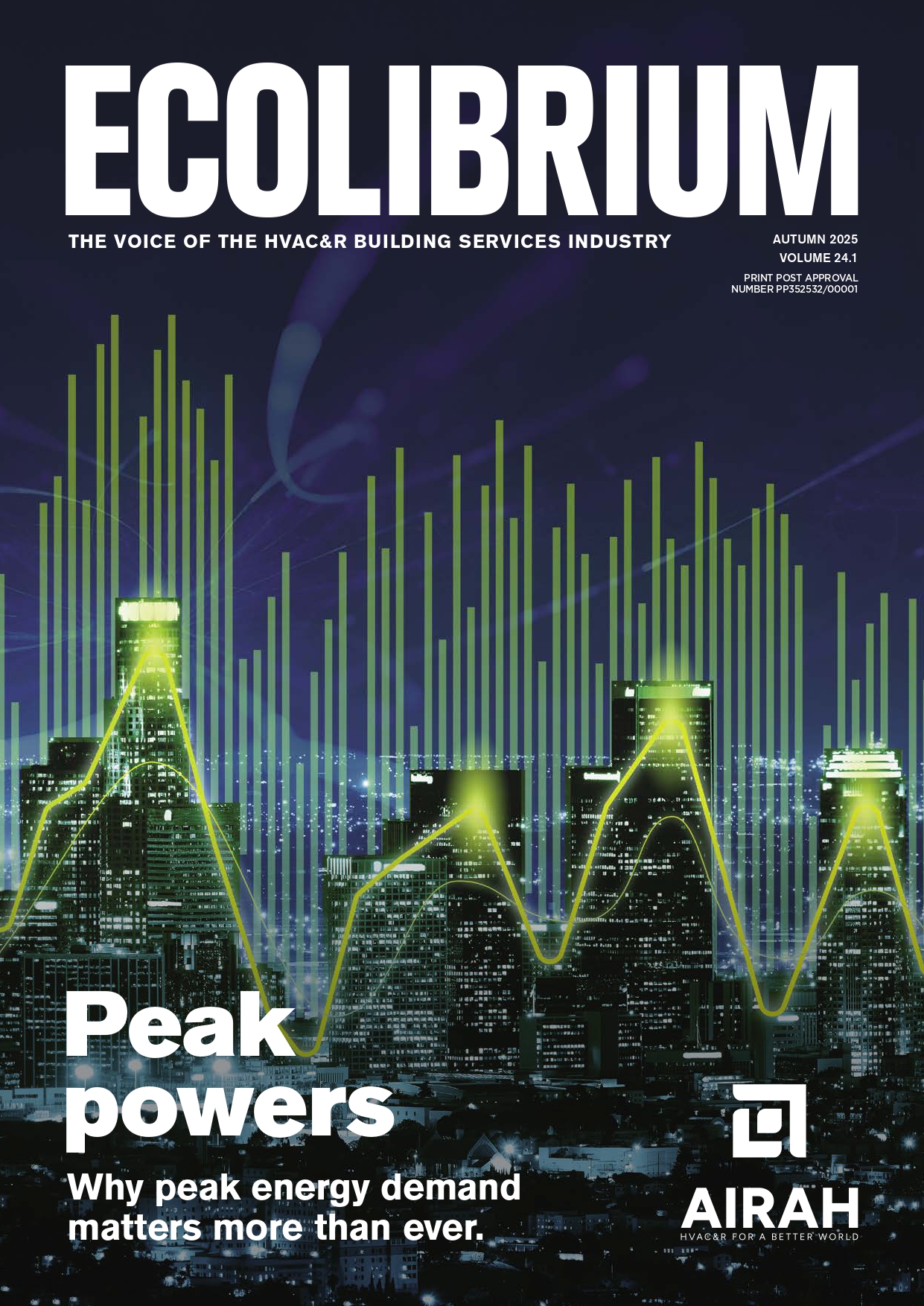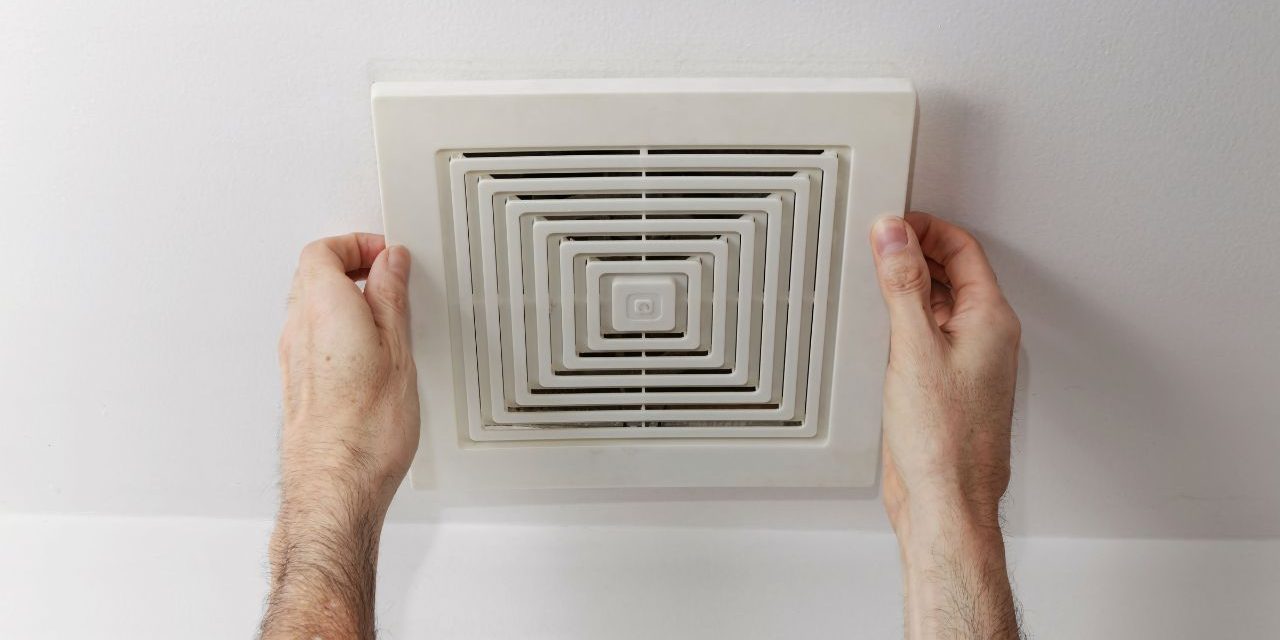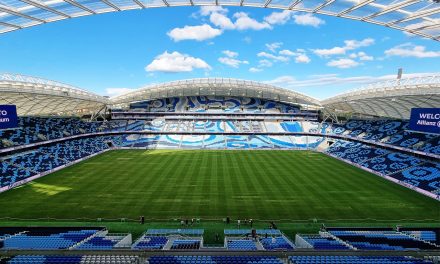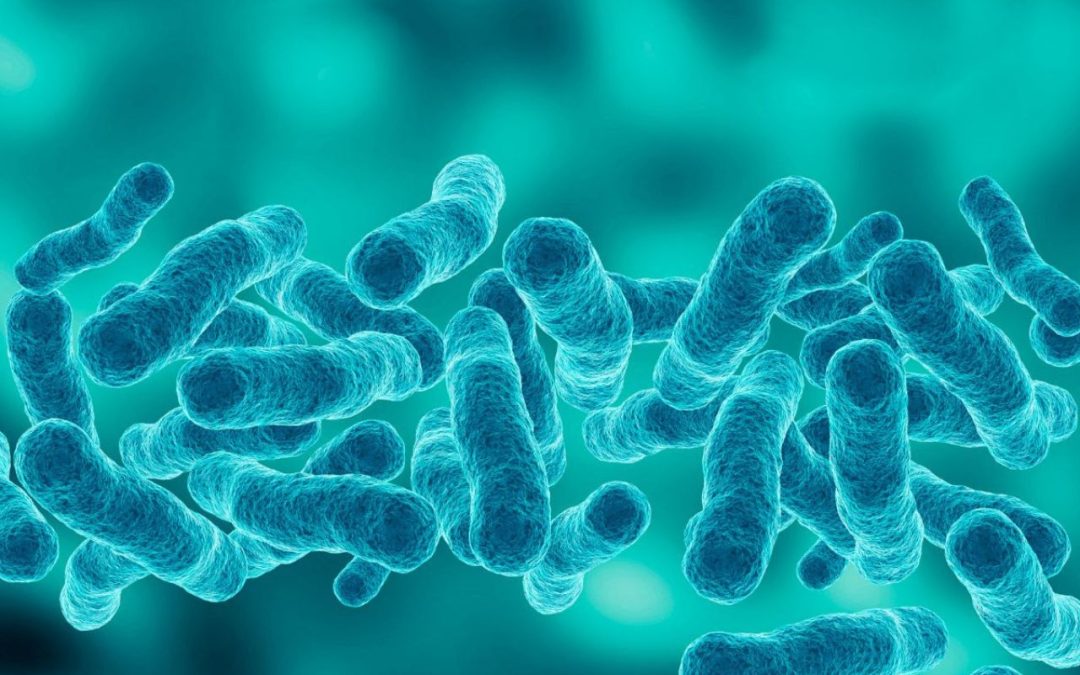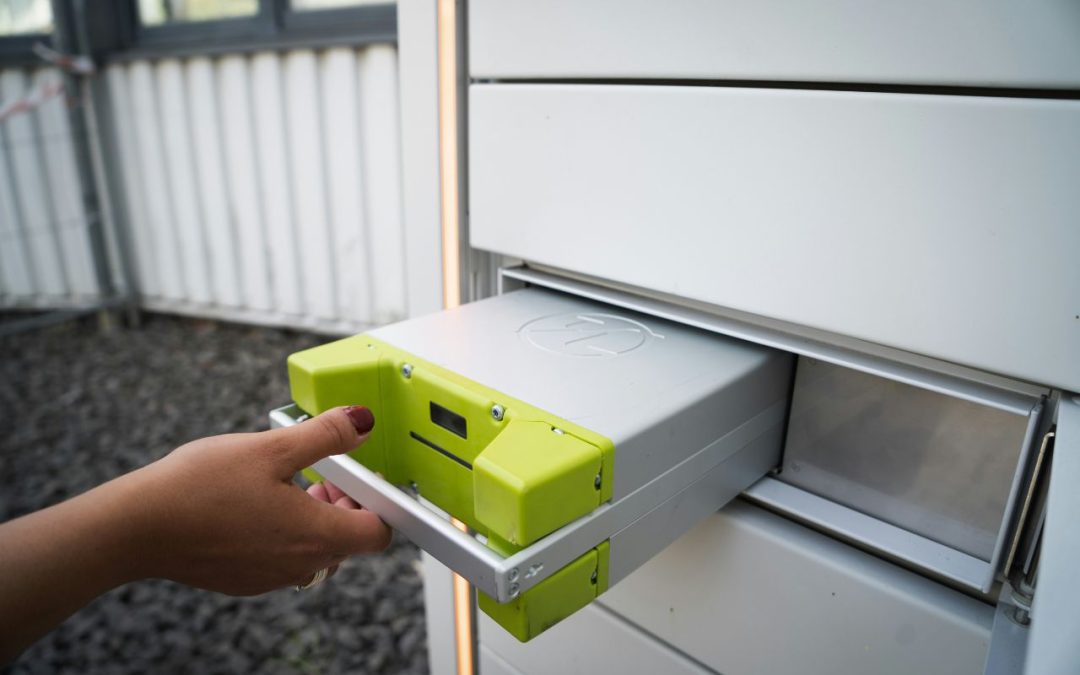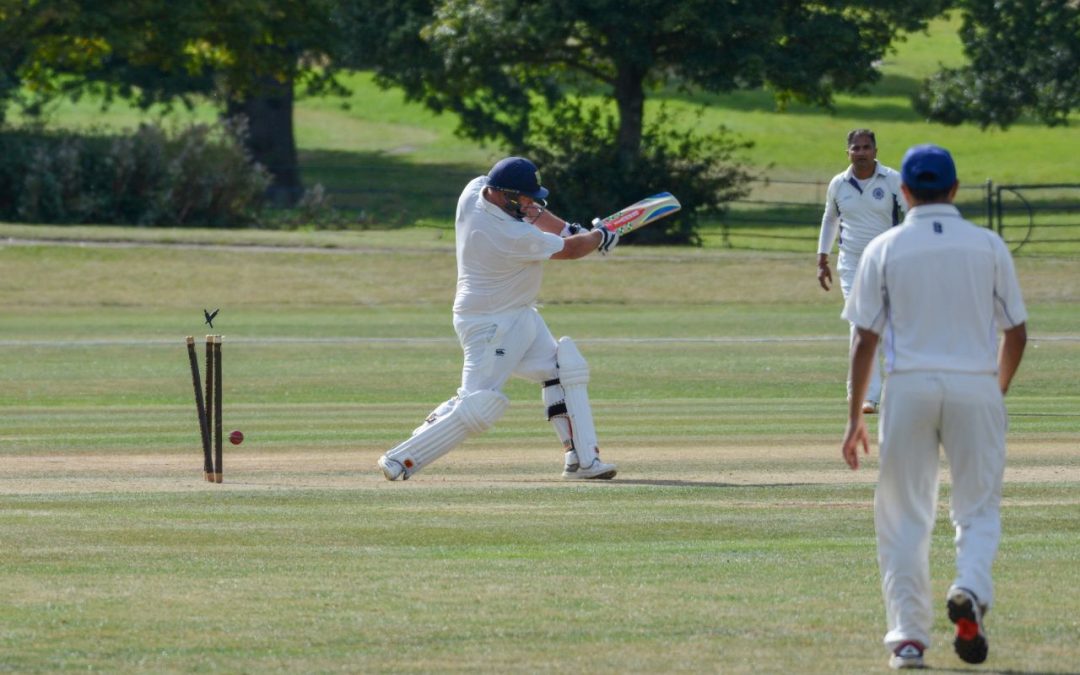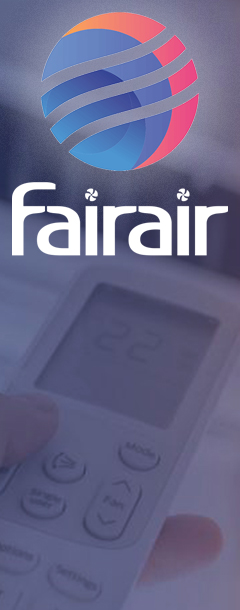Mark Lommers, M.AIRAH, looks at the repeal of Western Australia’s controversial Sewerage (Lighting, Ventilation and Construction) Regulations 1971, which for more than 50 years required the doubling up of toilet exhaust fans.
For many years, the legacy of Western Australia’s Sewerage (Lighting, Ventilation and Construction) Regulations 1971 painted a unique landscape across the HVAC scene. This was evident in the presence of mandatory dual-motored toilet exhaust fans that you wouldn’t find anywhere else in Australia.
Typical across many non-residential buildings, the application and installation of these fans in duplicate was inconsistent at best. Anecdotally, these fans were designed and installed as seen fit by the individual engineer or as directed by the local building department.
The history and application of these regulations, sitting under the Health (Miscellaneous Provisions) Act 1911, was unknown to many in the industry and often viewed as a specific requirement of “certain councils”.
Clear as mud
Over 50 years ago, the sewerage regulations were published in the Government Gazette, providing, among other things, rules to standardise the construction of water closets (toilets) in buildings.
The regulations included requirements for the quantity and location of sanitary conveniences as well as the ventilation requirements, both natural and mechanical.
These natural ventilation requirements were typically simple to apply to private residential situations. However, they became increasingly convoluted when applied to multi-storey buildings; they allowed certain toilet installations to have natural ventilation when abutting onto a ventilation shaft of specific height and plan area open to the atmosphere, with limits on fixtures connected to the vent shaft.
Where these natural ventilation options couldn’t be applied, the only other option was ventilation by a mechanical system of exhaust ventilation in compliance with the infamous mechanical ventilation “regulation 12”.
The mechanical ventilation section introduced two anomalies inconsistent with the well understood AS1668.2 and the previous SAA Mechanical Ventilation and Airconditioning Code: a rate of air changes per hour and a requirement that “in every case the ventilating fan and power unit operating it shall be in duplicate”.
The air change rate requirement only affected toilets and airlocks with unusually high ceilings, with compliant exhaust air flow rate being driven by required air changes where ceiling heights exceeded 3.6m (as opposed to the more commonly applied 10l/s per sqm required by AS1668.2)
However, the requirement for fans in duplicate was unequivocally rigid; it only allowed single units in private dwellings with adequately designed main shafts that would operate as a natural vent in the event of the mechanical equipment failing. Even when these criteria were met, approval from the relevant local authority was still required.
The legacy of this clause spanned multiple generations, effectively going under the radar to many as a black box of requirements that, in the opinion of many, was unnecessary.
Nevertheless, these regulations compelling the installation of toilet exhaust fans in duplicate were referenced directly in local council laws. It was up to savvy council building surveyors to understand and enforce the requirements.

The controversial regulations were exclusive to Western Australia, creating a disconnect with national codes and practices.
An outdated solution
Early toilet exhaust systems were fairly simple. These systems typically had simple three-way “1-OFF-2” switches to enable manual system changeover in the event of fan failure.
However, that’s not the case for modern systems with variable speed drives, automatic changeover and full-time monitoring functions. Duplicating these controls adds significant costs when constructing toilet exhaust systems.
Alongside the requirement to install toilet exhaust fans in duplicate, these systems had to be managed and maintained by facility owners. When these regulations were introduced, the use of belt-drive fans was common. Monitoring and maintaining these consumable drive belts was a significant determinant of system reliability, hence the management mandate.
Of course, fan technology has moved on from the days of belt drives. Nowadays, almost all toilet exhaust fans use either a direct drive or an external rotor, with ball bearings that are sealed for life. This technology vastly increases the reliably and service life of the system and reduces the need for maintenance.
Moving with the times
Recently, all regulations under Western Australia’s Health (Miscellaneous Provisions) Act 1911, as well as several provisions within the act, were reviewed. The review examined whether public health risks should be regulated going forward.
As such, on October 17, 2024, the Health Regulations Repeal Regulations (No. 4) 2024 repealed the outdated sewerage regulations, silently condemning the dual fan requirement to history.
It will take some time for local governments to update their laws where these sewerage regulations were referenced. However, as the legislation is no longer current or enforceable, the references have become redundant.
These antiquated rules from 1971 weren’t updated or reviewed in over 50 years. Their repeal provides certainty to our industry, bringing toilet exhaust regulations in line with the National Construction Code and AS1668.
Gone are the days of belt drives, vertical discharge twin fan units, and twin centrifugal inline fans. Western Australian HVAC&R professionals can finally design and install exhaust systems for efficiency and needs, not just to meet outdated and overly restrictive requirements.
Footnote: This article discusses general commercial buildings only, as intended by the regulations. Other situations may require duty and standby systems in accordance with relevant legislation or licensing requirements.
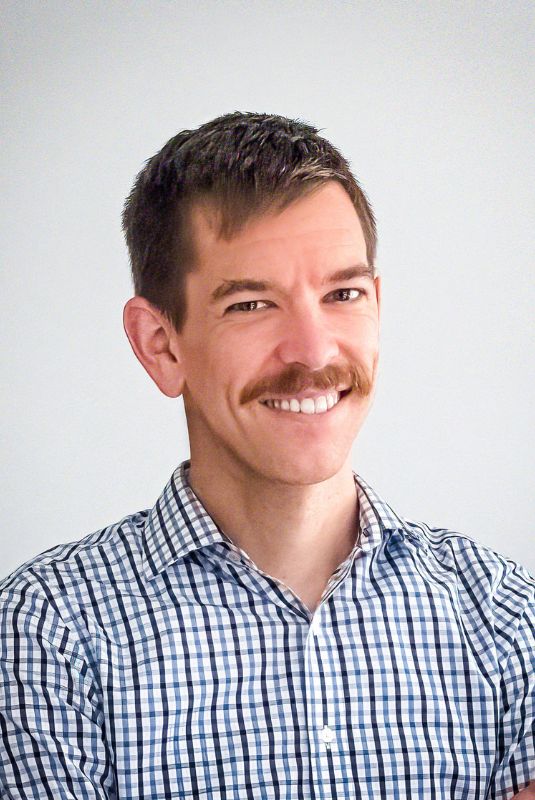
About the author
With over 20 years of experience in consulting, Mark Lommers, M.AIRAH, is an industry leader in the design, delivery and compliance of innovative air conditioning and mechanical ventilation solutions in the built environment. He has completed projects ranging from detailed building optimisation and maintenance management, and compliance reviews to design and operation of cooling systems of some of the world’s largest supercomputing systems.
